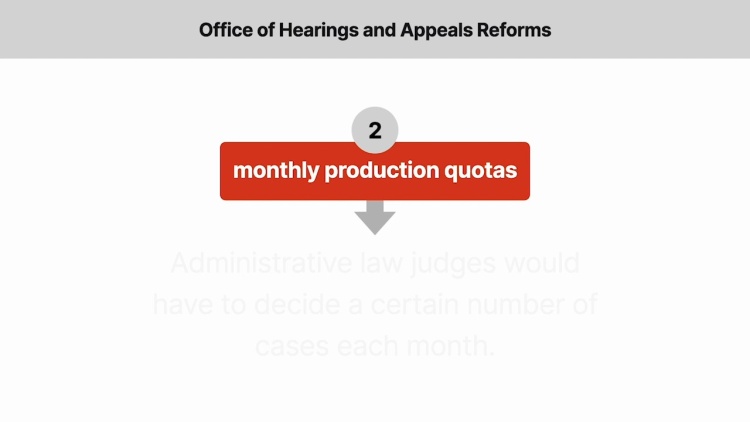Nash v. Bowen
United States Court of Appeals for the Second Circuit
869 F.2d 675 (1989)
- Written by Kathryn Lohmeyer, JD
Facts
In response to delays caused by a massive backlog of unadjudicated cases, the Office of Hearings and Appeals (OHA) of the Social Security Administration (SSA), acting on behalf of Secretary of Health and Human Services Otis Bowen (Secretary) (defendant), instituted a number of reforms. The new policies were intended to increase the quality and efficiency of the administrative law judges (ALJs) responsible for processing the cases. Simon Nash (plaintiff), an ALJ in charge (ALJIC), complained about the new policies and was demoted to an ALJ. Nash filed suit against the Secretary and other government officials (defendants) in federal district court. Nash alleged that three specific aspects of the reforms interfered with the ALJs’ decisional independence under the Administrative Procedure Act (APA), 5 U.S.C. § 551 et seq.: (1) a peer-review program subjecting ALJ decisions to additional review, (2) monthly production goals requiring ALJs to decide a minimum number of cases each month, and (3) a quality-assurance program aimed at limiting the number of ALJ decisions reversing denials of benefits. Following a bench trial, the district court concluded that the challenged reforms did not improperly curtail the ALJs’ decisional independence. The district court dismissed Nash’s claims. Nash appealed to the United States Court of Appeals for the Second Circuit.
Rule of Law
Issue
Holding and Reasoning (Altimari, J.)
What to do next…
Here's why 899,000 law students have relied on our case briefs:
- Written by law professors and practitioners, not other law students. 47,000 briefs, keyed to 994 casebooks. Top-notch customer support.
- The right amount of information, includes the facts, issues, rule of law, holding and reasoning, and any concurrences and dissents.
- Access in your classes, works on your mobile and tablet. Massive library of related video lessons and high quality multiple-choice questions.
- Easy to use, uniform format for every case brief. Written in plain English, not in legalese. Our briefs summarize and simplify; they don’t just repeat the court’s language.





